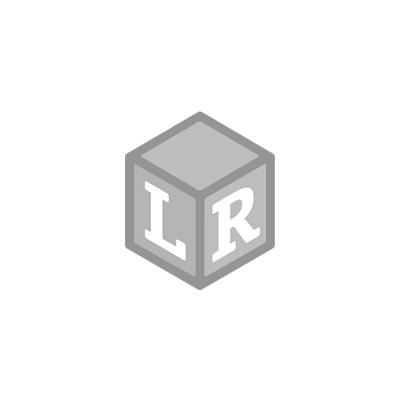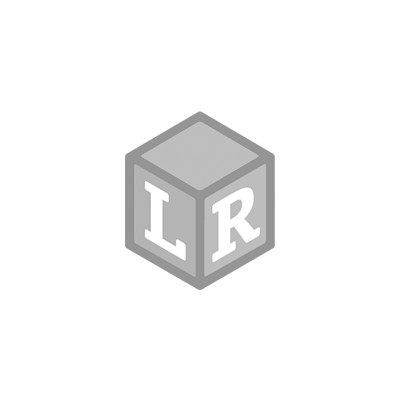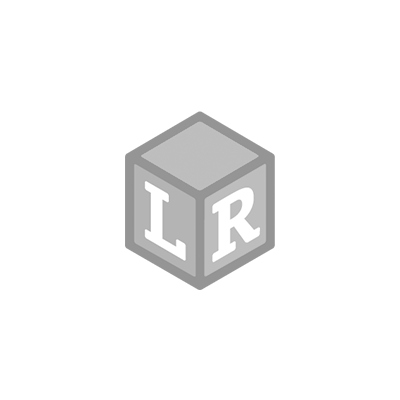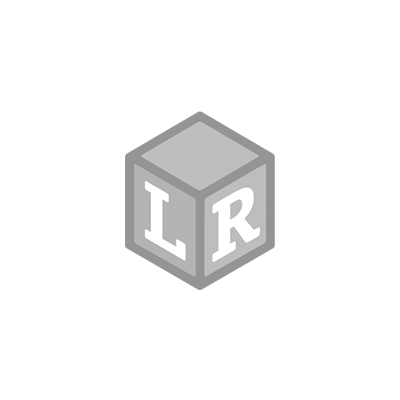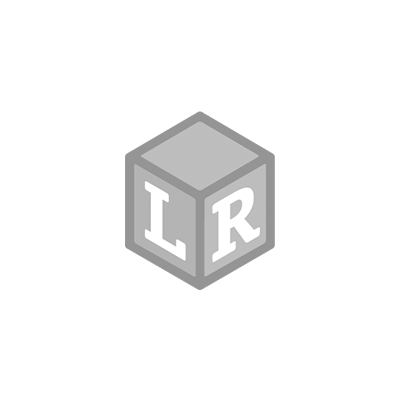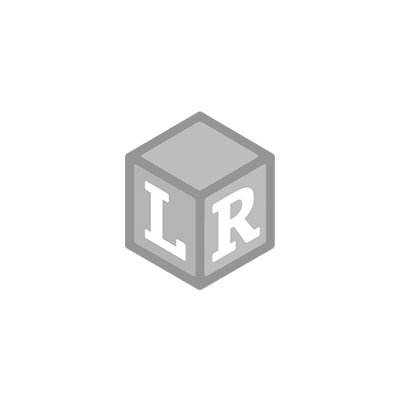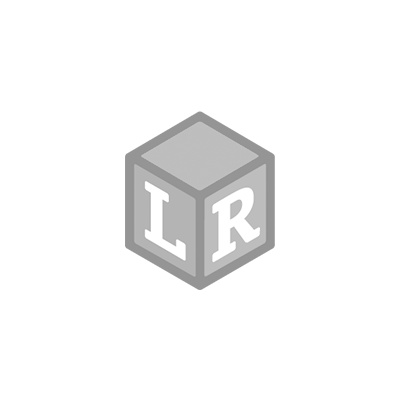Getting a toddler to pay attention to what you’re saying can be frustrating. And if you expect them to follow directions, forget about it.
The thing is, you get it. You know that whether they’re 18-months or 3-years old, toddlers are easily distracted. It’s developmentally appropriate for them to have short attention spans and immature communication skills. You also know that these youngsters are exploring their independence. What mommy has to say can wait, right?
Well, not necessarily. It can be easier than you think to capture... and keep... your toddler's attention. Check out the 9 tips below...
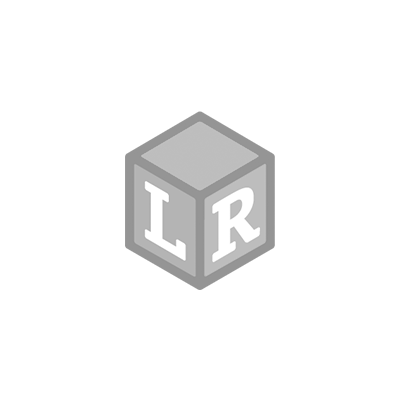
1. Keep it simple
When you speak, they might be hearing the teacher from Charlie Brown, “Wah wah wah wah wah.” Maybe, instead of saying, “Brendan, darling, I’m hoping you’ll help mommy by putting these trains back in the box because we’re going to the store soon and….,” say ”Brendan, please put your trains in the box now.”
2. Be specific
The directive to “clean up the playroom” might overwhelm your child, especially if there’s a floor full of tracks, engines, dolls, and fish shaped crackers. They just don’t know where to start, so they keep on playing. It might make more sense for you to start with something simpler like, “Put all of the tracks in this green box.” Then you can give the next directive.
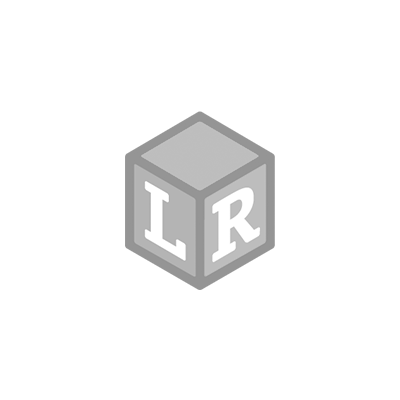
3. Ride out their emotions
If your toddler is acting out because they’re really angry or tired, they’re definitely not in a good “head space” to listen to you. Be patient and validate their feelings. It works better than criticizing them for crying or not listening. Then you can move on to what you’d like them to do.
4. Meet them at their level
Instead of yelling something from the other room, move to where they are. Crouch down to their level and look them in the eyes. This gets their attention while also letting you know they are ready to listen.
5. Make them part of decision
Even though they’re young, toddlers like to make decisions. With a toddler, though, you can’t ask them an open-ended question like, “What do you want for lunch?” It’s better when they have two options, such as “Would you like grilled cheese or a turkey roll?”
6. Use the word when
Toddlers want what they want and they want it now, and even though you’ve asked them to put their crayons away 10 times, they’re perfectly willing to leave them all over the table if you’ve told them you’re taking them to the park. That’s when you say, “When you pick up your crayons, we’ll go to the park.” Then they know that the park is contingent upon their compliance.
7. “Repeat after me”
Building listening skills involves receiving and giving information—and it takes both focus and practice. When you’ve asked them to do something, have them repeat back what you’ve said by saying, “What does Mommy want you to do?”
8. Give positive feedback
Why not compliment your toddler when they’re doing a great job listening? It’s so easy to point out when they’re not listening, but positive reinforcement can help them make better choices (i.e. listen!) during future interactions.
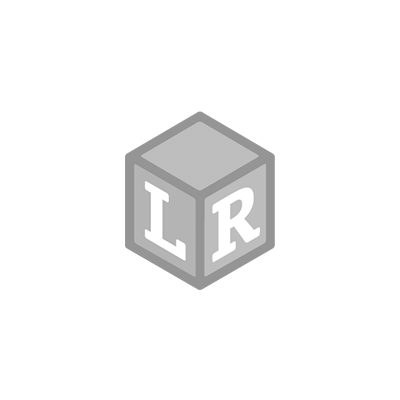
9. Make listening fun
There are some delightful things you can do to help your toddler develop listening skills:
- Use a puppet to talk to them about anything. It works on children’s TV shows, right?
- Set up a treasure hunt. They have no choice but to pay attention and follow your directions if they want to find rewards.
- Give your activity a theme song. In addition to being silly, it can help them learn and make connections. It makes cleaning up less boring for you, too.
- Read together. This might be the perfect way to help your child engage and listen while spending quality time with you.
- Play Games. Practice with games that require listening skills, like name that toddler tune or I spy.
 Help us celebrate STEM-uary with a hands-on STEM experiment designed for you to do with your preschoolers at home! It's so much fun… your little ones might not even realize that they’re learning.Preschoolers are natural observers. Plus, they love scooping, pouring, mixing, and blending. In other words, they love science! You can encourage your child’s scientific curiosity and introduce some early scientific concepts with simple science experiments, like the concept...
Help us celebrate STEM-uary with a hands-on STEM experiment designed for you to do with your preschoolers at home! It's so much fun… your little ones might not even realize that they’re learning.Preschoolers are natural observers. Plus, they love scooping, pouring, mixing, and blending. In other words, they love science! You can encourage your child’s scientific curiosity and introduce some early scientific concepts with simple science experiments, like the concept...

 Now that your pint-sized smarty understands the concepts of solids, liquids, and gasses, take a lunchtime challenge!Point to her cup of milk and ask if what’s inside is a solid or a liquid. Now point to the PB & J (crusts cut off) on her plate and ask if that’s a solid or a gas. Finally, have her breathe out into a cupped hand and ask what’s there. She can’t see it, but her breath is a gas!If your little one loved this STEM-uary science experiment, let us know about it by emailing us at blog@learningresources.com.
Now that your pint-sized smarty understands the concepts of solids, liquids, and gasses, take a lunchtime challenge!Point to her cup of milk and ask if what’s inside is a solid or a liquid. Now point to the PB & J (crusts cut off) on her plate and ask if that’s a solid or a gas. Finally, have her breathe out into a cupped hand and ask what’s there. She can’t see it, but her breath is a gas!If your little one loved this STEM-uary science experiment, let us know about it by emailing us at blog@learningresources.com.  Shop UK Site
Shop UK Site 
